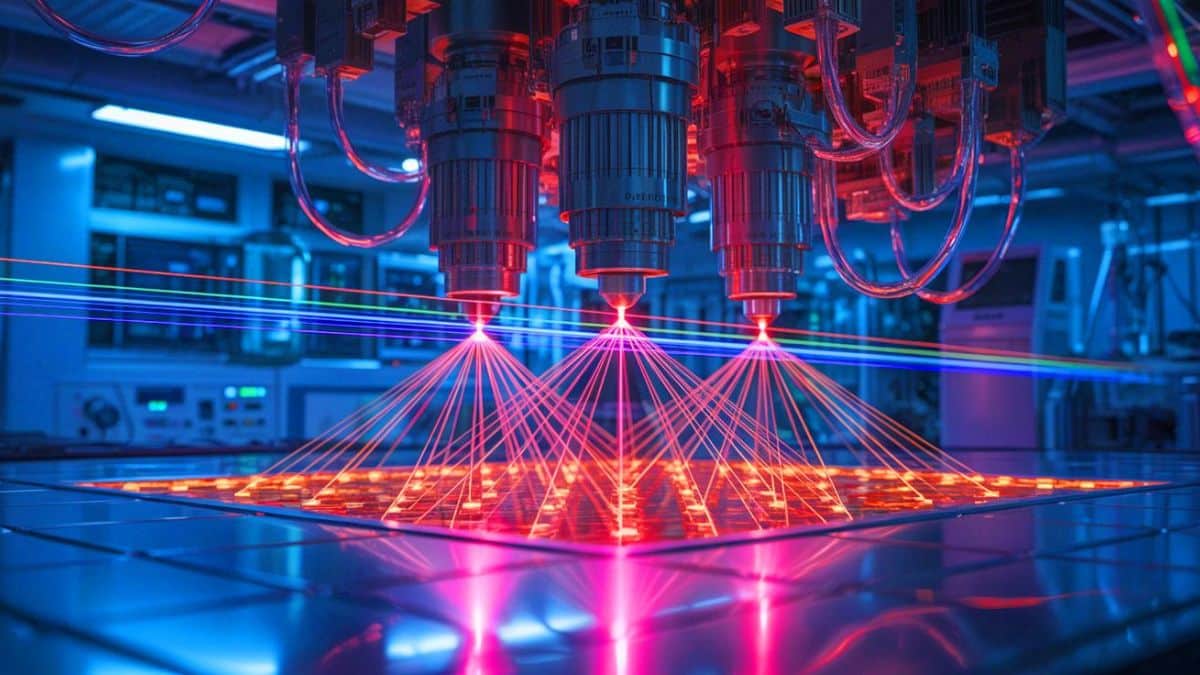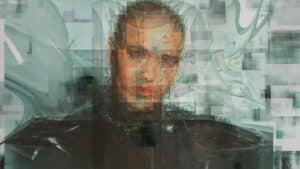The quantum realm continues to surprise scientists with extraordinary discoveries that challenge our fundamental understanding of reality. Recently, researchers have made significant strides in demonstrating how light can emerge from seemingly nothing, pushing the boundaries of quantum physics into new territory.
Quantum vacuum breakthrough: generating photons from nothingness
The concept of vacuum in quantum physics differs dramatically from our everyday understanding of emptiness. Rather than being truly void, quantum vacuum teems with virtual particles that continuously pop in and out of existence. Researchers from Oxford University and Lisbon’s Instituto Superior Técnico have successfully modeled how these fluctuations can be manipulated to produce actual light.
Their groundbreaking simulation demonstrates the process known as four-wave mixing, where three intersecting laser beams polarize virtual particles in the vacuum, resulting in the creation of a fourth beam of light. This remarkable achievement was made possible through advanced modeling using the OSIRIS software platform.
The research, published in Communications Physics, reveals how photons interact under intense electromagnetic fields, behaving similarly to billiard balls but following quantum mechanical rules. Scientists have visualized these interactions in real-time 3D simulations, providing unprecedented insights into quantum vacuum dynamics.
Among the fascinating phenomena observed was vacuum birefringence, where extreme magnetic fields can alter light’s polarization as it travels through what appears to be empty space. This effect further confirms the active nature of quantum vacuum.
In 2019, Iceland Approved the 4-Day Workweek: Nearly 6 Years Later, All Forecasts by Generation Z Have Come True
At 94, He’s One of Apple’s Biggest Shareholders, and Doctors Can’t Explain How He’s Still Alive-Coca-Cola and McDonald’s Are Part of His Daily Routine
From theoretical models to experimental validation
While the current breakthrough exists primarily in theoretical models, several cutting-edge facilities are approaching the power thresholds necessary for experimental validation. These include:
- Vulcan 20-20 facility in the United Kingdom
- Extreme Light Infrastructure across European research centers
- Next-generation ultra-high-power laser systems under development
- Specialized quantum vacuum chambers with advanced detection systems
The computational models developed by the research team serve a crucial function beyond theoretical exploration. They help optimize experimental parameters such as laser pulse shapes and precise timing synchronization that will be essential for detecting the faint signals produced by vacuum-generated photons.
One particularly elusive phenomenon these experiments aim to observe is photon-photon scattering, an interaction predicted by quantum electrodynamics but not yet directly observed. The ability to detect such interactions would provide powerful validation of quantum field theory.
| Quantum Vacuum Phenomenon | Research Status | Potential Applications |
|---|---|---|
| Four-wave mixing | Successfully simulated | Quantum computing, light manipulation |
| Vacuum birefringence | Modeled with clear predictions | Advanced optics, precision measurements |
| Photon-photon scattering | Theoretical prediction awaiting validation | Fundamental physics, energy research |
It races through the universe at 300,000 km/s - and never runs out of energy
Beneath your feet: an ancient forgotten continent resurfaces in Europe
Redefining our understanding of nothingness
This research fundamentally transforms our perception of empty space. The quantum vacuum, far from being inert, now appears as a dynamic environment capable of generating energy under specific conditions. Scientists now view the vacuum as an active participant in physical processes rather than merely a passive backdrop.
Beyond validating quantum theories, these investigations could aid in the search for hypothetical particles like axions, which are potential candidates for dark matter. The ability to manipulate vacuum conditions might open windows into previously inaccessible aspects of fundamental physics.
As experimental capabilities advance, researchers anticipate moving from observing these effects to potentially harnessing them. The implications extend far beyond academic curiosity, suggesting possible innovations in:
- Energy production methods drawing from vacuum fluctuations
- Advanced materials with properties influenced by quantum vacuum interactions
- Quantum computing technologies utilizing vacuum-generated photons
- New sensing techniques based on quantum vacuum effects
As we approach the experimental validation of these remarkable quantum vacuum properties, scientists continue refining their models and predictions. The journey from theoretical physics to experimental confirmation represents one of the most exciting frontiers in modern science, with potential to reshape our understanding of reality itself.







